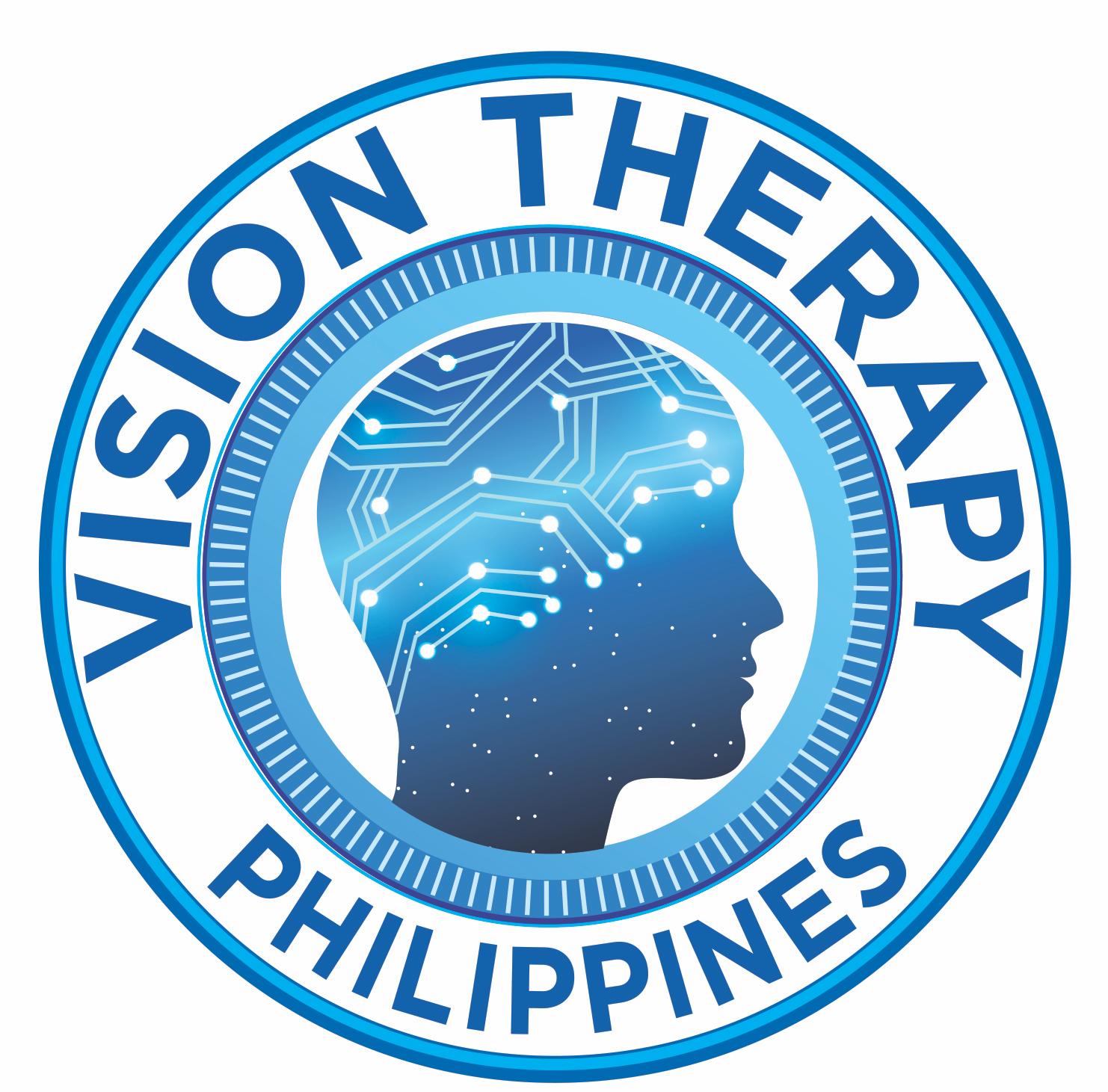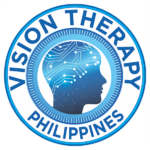Primitive Reflexes and Vision
What are Primitive Reflexes?
Primitive reflexes begin in utero; they are repetitive, involuntary or automatic movements in response to stimuli that are essential for the development of head control, muscle tone, sensory integration and overall development.
They protect a developing fetus, aid the birthing process and contribute to later, more mature postural reflexes. As the baby grows, ideally these primitive reflexes will “integrate” into the growing brain. They will no longer be active as the practice of these movements do their intended job and movements become more controlled and voluntary.

Movement is critical to integrating primitive reflexes. Vision and movement go hand-in- hand. The integration of primitive reflexes allows us to move through our spatial world as we develop through early childhood stages of life. Holding our head up for the first time, rolling over, crawling and creeping, walking, skipping – all of these require the basic building blocks that began with primitive reflexes. From gross motor to fine motor (handwriting, tying shoes) to ocular motor (eye movements), each stage of development is affected by the timely integration of primitive reflexes.
What causes Primitive Reflexes to be retained?
There are many reasons which may contribute to primitive reflexes remaining “active”, or retained. Retained primitive reflexes may be the result of:
- Stress of the mother and/or baby during pregnancy (birth trauma, breech birth, Cesarean birth, induced birth)
- Lack of movement in utero (due to low amniotic fluid, for example)
- When infants spend extended time in car seats/carriers, jumpers, walkers, which restrict movements that are required for healthy brain development.
- Illness, trauma, injury, chronic stress
- Other developmental delays
- Children and adults can experience symptoms from retained reflexes. Reflexes that are integrated may become reactivated later by injury, trauma, illness or stress.
Retained reflexes affect vision and learning
When primitive reflexes haven’t integrated within the appropriate time frame, it is important to revisit the missing developmental stages. These movement activities will help rebuild the foundation and create new neural pathways. A primitive reflex
integration program involving specific movement patterns makes it possible to retrain the brain, our control center for these reflexes.
As we enter a school setting, a new set of learning skills requires strong functional vision skills. More than 80% of classroom learning comes via visual pathways; having 20/20 eyesight (visual acuity) is only one part of our visual system. How our brain interprets the information coming through our eyes (visual processing) is the result of a very complex visual system. Eye tracking, eye teaming and focusing are all part of this complex system.

Five reflexes that affect vision
Although there are many primitive reflexes, Vision Therapy Philippines focuses on the five reflexes that affect the visual system.
Affects vestibular, ocular motor and visual perceptual problems. Symptoms include:
- Exaggerated startle reflex
- Dislike of change or surprise
- Eye movement and visual processingproblems
- Motion sickness
- Poor balance
- Poor coordination
- Physical timidity
- Light sensitivity
- Inner ear problems
- Frequent infections
- Allergies
- Adverse reaction to drugs
- Poor stamina
- Difficulty with black print on white paper
- Tires easily under fluorescent lighting
- Poor auditory discrimination
- Tense muscle tone
- Often in “Fight or Flight” mode
- Biochemical and nutritional imbalances
- Hyperactivity
- Mood swings and/or emotional instability
- Low self-esteem
- Anxiety or withdrawal
- Phobias
Affects fixation, focusing from near to far, and crossing midline. Symptoms include:
- Poor posture
- Tendency to slump when sitting, particularly at a desk/table
- Simian (ape-like) walk
- Difficulty tracking and/or catching a ball
- Poor balance and depth perception
- Difficulty swimming
- Poor eye-hand coordination
- Messy eater
- Difficulties with adjusting focus from distance to near
- Poor swimming skills
- Learning problems
- Difficulty recognizing social cues
- ADD/ADHD characteristics
- Anchors feet behind chair while sitting
- “W” position when sitting on the floor
- Difficulty aligning numbers for math problems
Affects ocular motor, muscle tone, balance, and auditory discrimination. Symptoms include:
- Poor posture and/or stooping
- Weak muscle tone
- Stiff or jerky movements
- Toe walking
- Poor balance
- Dislike of sports, physical education class, and running
- Eye movement, visual perceptual, and spatial problems
- Motion sickness
- Poor coordination
- Poor sequencing skills
- Poor sense of time
- Poor organization skills
- Fear of heights
Affects the ability to sit still; concentration problems, short-term memory, and bedwetting. Symptoms include:
- Bedwetting
- Fidgety or wiggly (especially when sitting)
- Sensory issues with waistbands/tags in clothing or food texture
- Poor concentration
- Poor short-term memory
- ADHD characteristics
- Hip rotates to one side while walking
Affects midline issues, balance, eye tracking, handwriting, and laterality. Symptoms include:
- Poor balance when moving head side to side
- Homolateral (same side) instead of cross-pattern movements (marching, skipping, walking)
- Focusing problems (especially when switching from distance to near)
- Difficulty keeping place when copying
- Difficulty crossing the midline
- Difficulty learning to ride a bicycle
- Poor pursuits (smooth eye movements)
- Mixed laterality (uses left foot, right hand or uses left or right hand interchangeably)
- Difficulty catching a ball
- Poor handwriting
- Poor expression of ideas on paper
- ADD/ADHD characteristics
Source: https://www.minnesotavisiontherapy.com/primitive-reflexes


